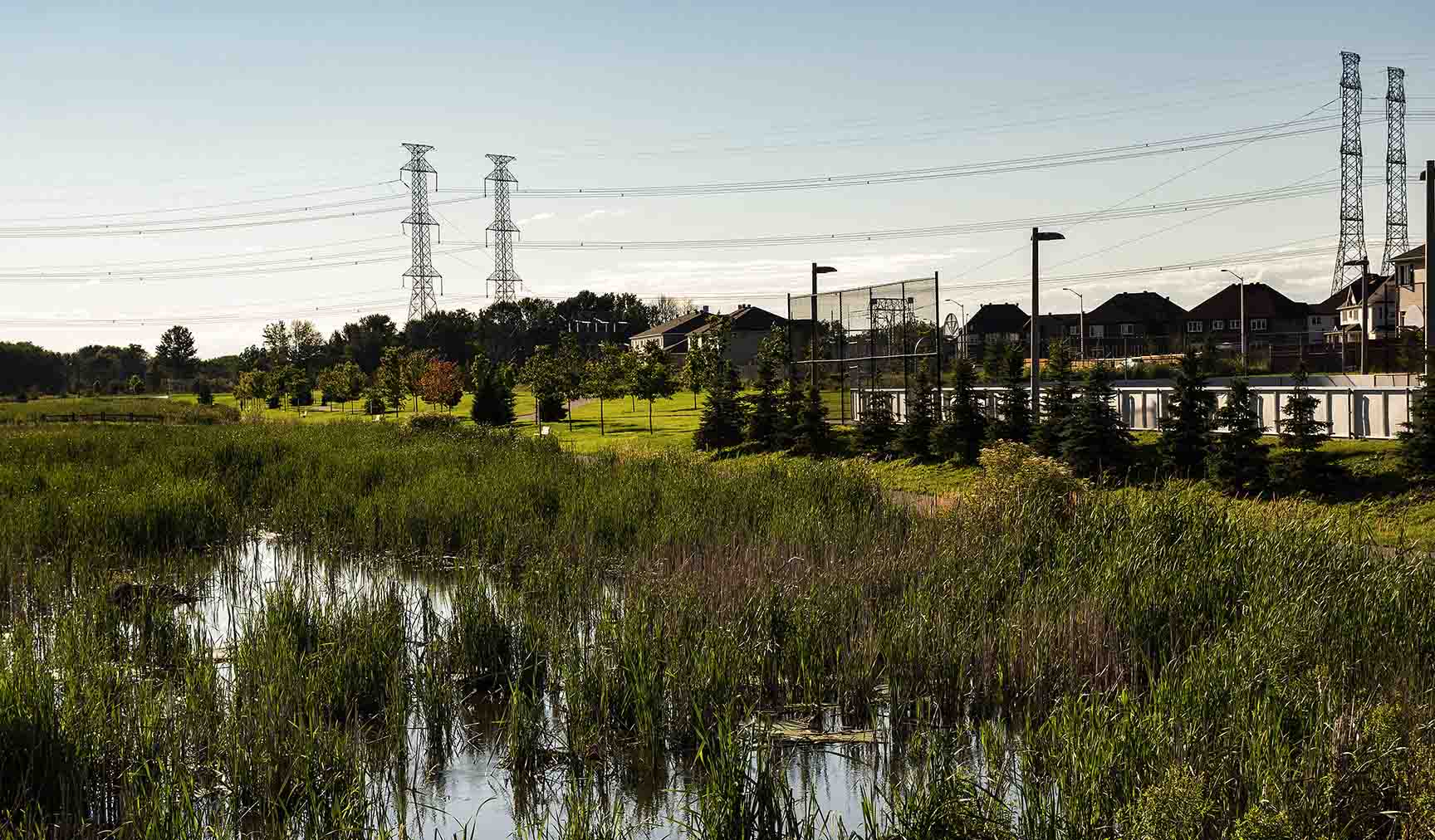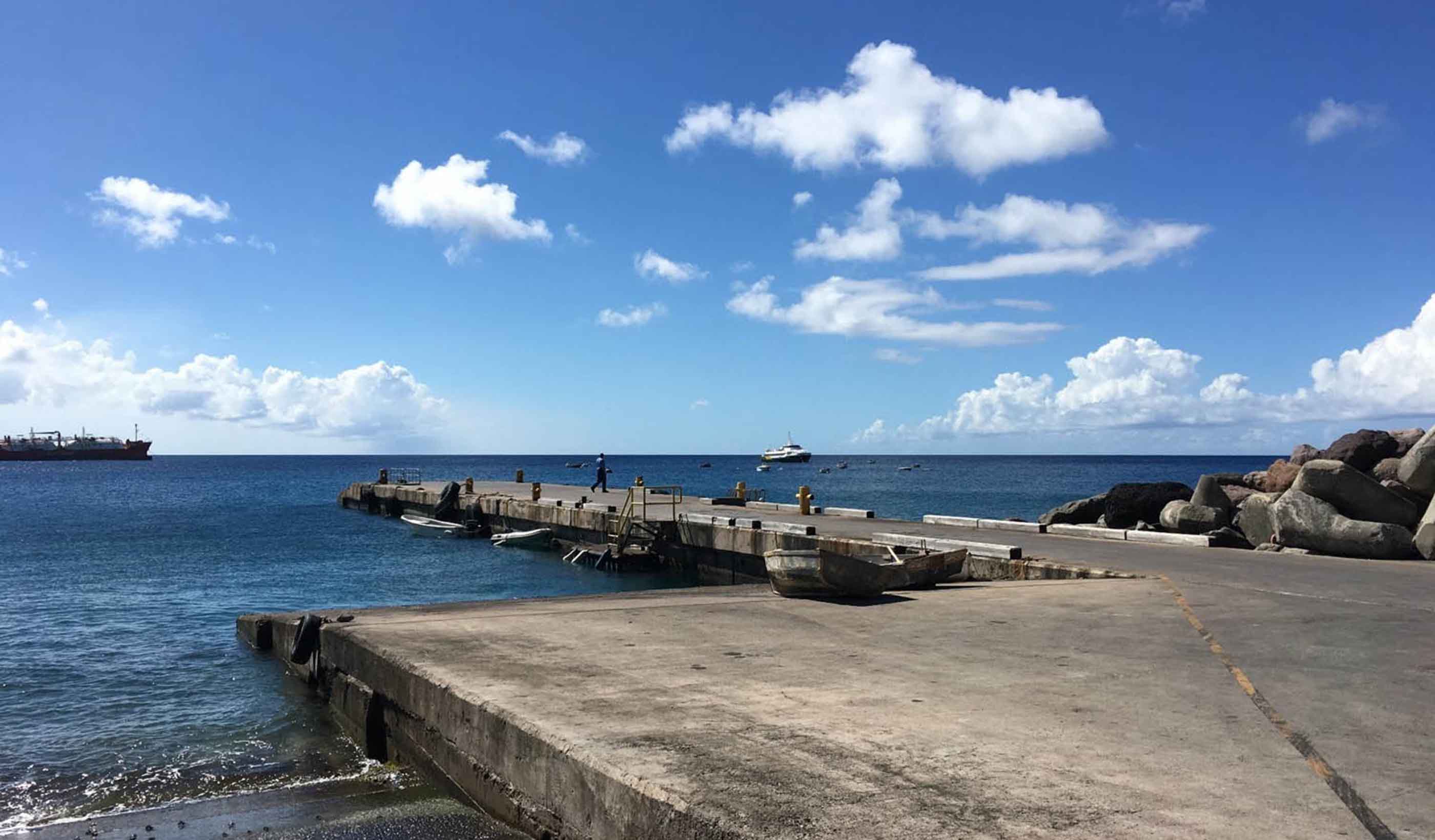Is your infrastructure facing climate risks? Here’s a tool to assess that
March 16, 2022
March 16, 2022
Our bridges, power grids, water systems, and other infrastructure face existential threats from climate change. A collaborative tool can efficiently assess those risks, with stakeholders at the table.
Ice storms batter a city’s electrical grid. Floods inundate a small town’s water treatment system. High winds threaten a bridge connecting two villages.
Weather extremes brought about by climate change pose existential threats to our infrastructure. But our climate is changing at a rate faster than our codes and standards can keep up with. So, how do we handle the additional and rising risks to our infrastructure—both built and that which is currently being designed?
Canadian engineers and climate scientists have been working on this problem. They have built a climate risk assessment tool that looks at the vulnerabilities of an infrastructure to extreme events brought about by climate change. It is a tool that tackles engineering challenges and engages stakeholders.
This free tool is called the Public Infrastructure Engineering Vulnerability Committee (PIEVC) Protocol. It is proving invaluable in helping engineers, communities, and First Nations to examine infrastructure through the lens of climate change impacts.

The PIEVC tool was able to determine that Hydro Ottawa’s infrastructure was vulnerable to extreme weather conditions.
Developed between 2005 and 2012, the PIEVC Protocol was created by a private-public partnership between Engineers Canada and Natural Resources Canada. Engineers Canada is professional organization that maintains engineering standards. Natural Resources Canada is a federal government entity responsible for natural resources management and sustainability.
With support from practitioners, the PIEVC Protocol has emerged as a nationally recognized tool in Canada to assess climate risk to public infrastructure. It is applied to projects large and small. Leveraging its international connections in the past decade, Engineers Canada decided to take PIEVC global. Because PIEVC is flexible and repeatable, engineers saw potential to apply it to projects far outside of Canada. The tool has now been used to complete more than 100 climate assessments in Central America, Brazil, the Nile Basin, and Vietnam.
In 2020, three new organizations assumed stewardship of the PIEVC Protocol, which spurred changes to the tool. Last updated in 2012, PIEVC was revised and simplified into a high-level screening guide, designed to help infrastructure professionals characterize and address climate risks at any stage of infrastructure development.
The updates also help users to utilize new climate modeling and procedures. The Protocol is now available in a digital version that is downloadable. These updates have modernized PIEVC and made it better and more accessible for all users.
With its emphasis on stakeholder involvement, PIEVC inspires collaboration among engineers, climate scientists, and other professionals and community members who have a stake in infrastructure risks.
Stantec engineers and climate scientists helped design the original PIEVC Protocol and collaborated with others across Canada in updating it. We’ve used it on more than 25 projects. We also help train professionals on the use of the PIEVC.
In 2019, our teams used PIEVC to conduct a climate risk and vulnerability assessment of the electrical distribution system for Hydro Ottawa, which serves 330,000 residents and businesses in the City of Ottawa and the Village of Casselman.
The exercise was critical since extreme weather events had caused widespread outages to Hydro Ottawa’s electrical distribution infrastructure. These events included a storm with extreme freezing rain, another with heavy winds, and an outbreak of tornados—all of which occurred between April and September of 2018.
Among the project’s conclusions: Hydro Ottawa’s power distribution lines and poles were at extreme risk to wind events in future projected climate conditions. Also, freezing rainstorms were projected to occur more frequently in a 30-year period, resulting in potential damage to a wide range of Hydro Ottawa’s assets and additional disruptions in service.
Our teams also conducted a climate risk assessment for the housing infrastructure in the Oneida Nation of the Thames community using a methodology adopted from the PIEVC Protocol. Our report identified infrastructure vulnerabilities to current and future severe weather, focusing on distinct types of housing units. The report established a risk profile for the assessed infrastructure and provided recommendations regarding mitigating the risks with the highest consequences.
We’ve also used PIEVC to develop an Ontario First Nations Climate Resilience Toolkit. It uses a combination of traditional knowledge and infrastructure data to help First Nations communities mitigate climate impacts to their infrastructure and people.

Stantec used the PIEVC tool to determine climate risks to the Montserrat Port.
It is important to note that the Protocol takes a qualitative versus a quantitative approach to examining climate risks. It provides risk scores that are ranked by high, medium, and low risks. It offers a high-level view of risks that can focus further studies.
Users navigate five key steps in the Protocol. The first step identifies a project’s parameters. Some PIEVC assessments begin with a stakeholder workshop to identify budget, time, and detail restraints.
Step two involves collaboration with owners, managers, and maintenance personnel to review and secure critical records, local standards and codes, and drawings. This step also involves gathering local climate data and projections, as well as understanding the infrastructure’s lifespan.
Practitioners use the third step to hold workshops with stakeholders to examine the potential scores for climate risks to the infrastructure. The workshops run through “consequence” scores for exceeding climate thresholds and climate “likelihood” scores. Participants determine a final climate risk score and assign risk levels. Step four is an optional engineering analysis requiring additional data to examine barriers to the integrity or operation. Step five identifies the final levels of risk for various components of the infrastructure. This step makes recommended actions to reduce risks.
A final part of the PIEVC Protocol is the completion of the Project Assessment Report that presents the results of the exercise. The report includes conclusions and suggestions. Publication of the final assessment provides others with free access to the conclusions and important insights into the process and infrastructure examined. The report and its findings are published on the PIEVC website.

Bridges can be susceptible to damage from climate-induced extreme weather events.
Canada’s infrastructure—and infrastructure worldwide—is at varying risks due to the impacts of climate change. One estimate puts the insured losses in Canada due to flood, hail, high winds, and wildfires in the urban-wildland interface at about $11 billion for the years 2015-2019.
For communities, cities, and First Nations, PIEVC is an excellent tool for assessing climate risk to infrastructure. With its emphasis on stakeholder involvement, PIEVC inspires collaboration among engineers, climate scientists, and other professionals and community members who have a stake in infrastructure risks.
With its recent updates, PIEVC is an even better tool in our climate change toolbelt.